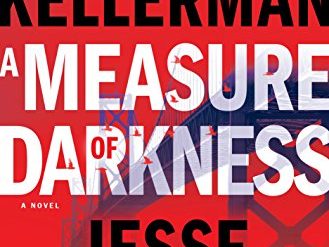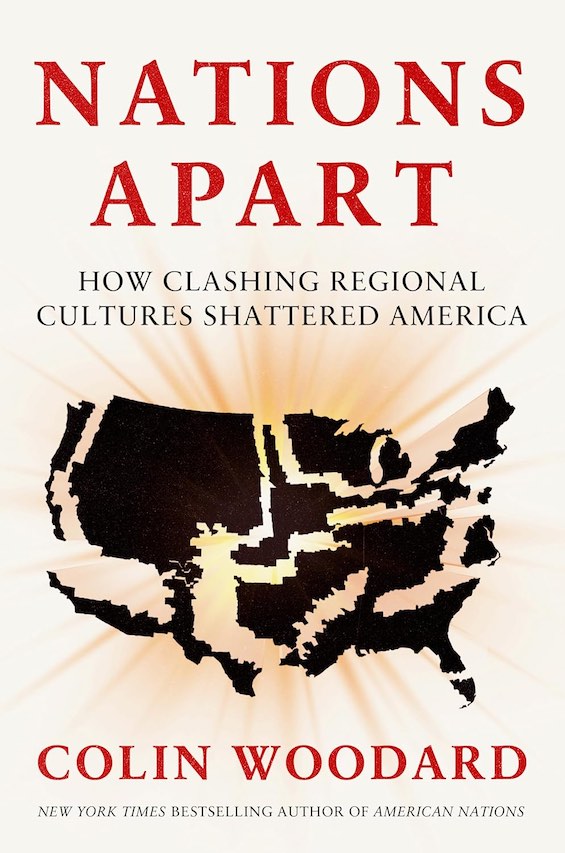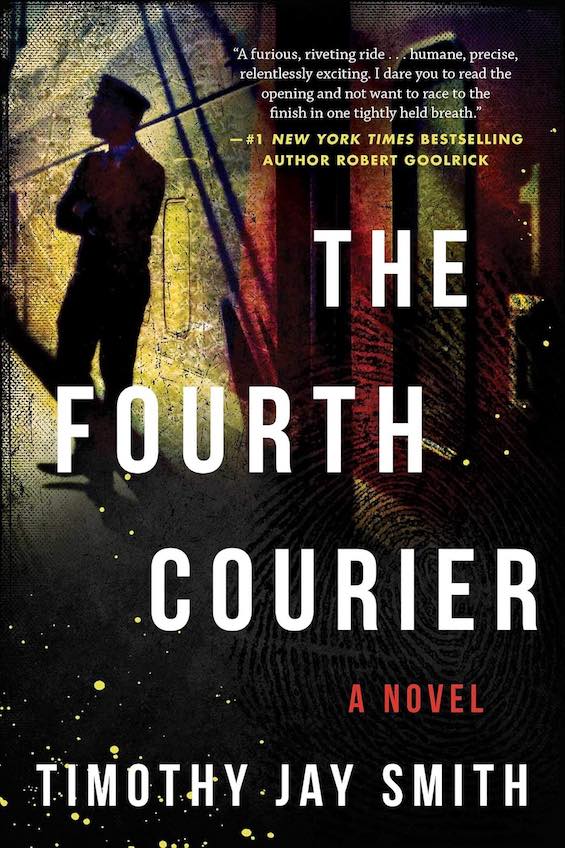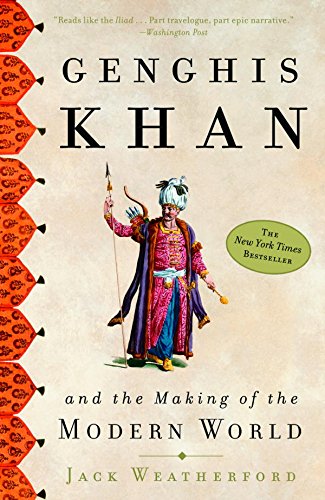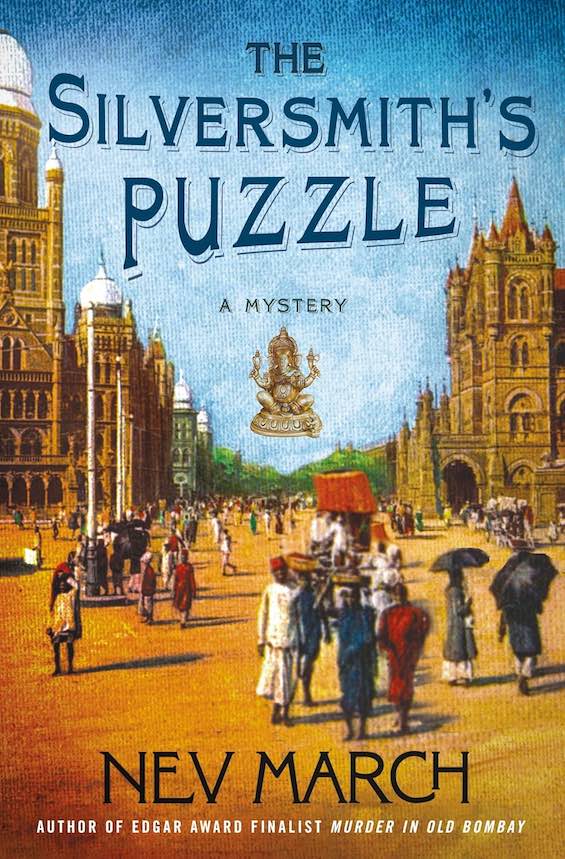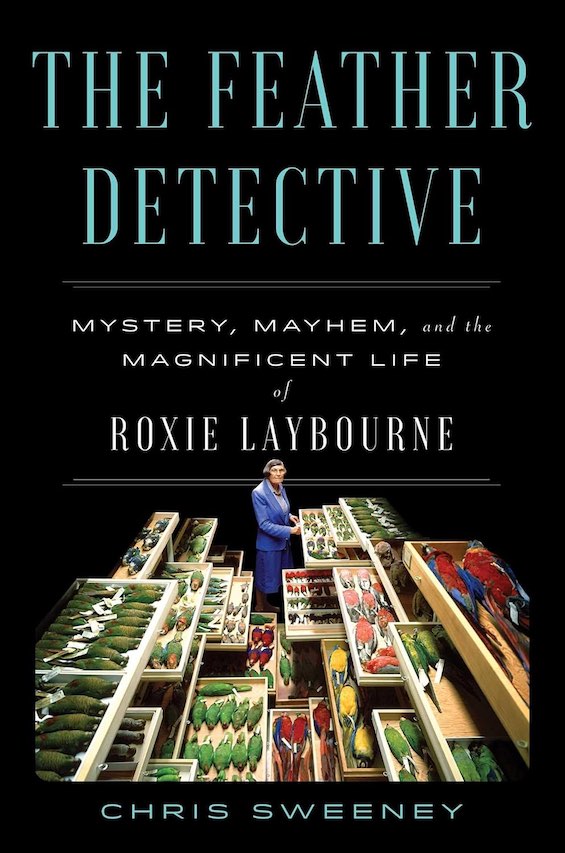When C. J. Sansom died early last year at the age of 71, he left behind a series of seven outstanding historical novels set in the time of Henry VIII. Illness prevented him from continuing the series during the final years of his life. Otherwise, we might have followed his uniquely insightful mind well into the reign of Henry’s younger daughter, Queen Elizabeth I. Sadly, for Sansom’s final interpretation of the Tudor Era, we’re left with his seventh Matthew Shardlake novel, Tombland. But there is no better rendering of the critical time immediately following Henry’s death, when a regent for his young son, King Edward VI, ruled the realm and peasants throughout the south and west of the country rose in rebellion. It’s a masterpiece of historical imagination.
A turbulent time of popular unrest
In 1549, two years after the death of King Henry VIII, the consequences of his incompetence as a ruler were fully out in the open. The country was bankrupt, the coinage debased, taxes high, and inflation rampant. Compounding the problem for the rural poor, who constituted the majority of the population, wealthy landowners were “enclosing” the land to raise sheep, leaving hundreds of thousands to hunger and destitution. And making matters even worse for many, religious “reforms” laid down by the regent denied them a source of solace in their unhappy lives.
Of course, the 1,500 nobles who ran roughshod over England’s three million subjects were well insulated from the damage. And they could readily shift course from Protestantism to Catholicism and back again, as the situation demanded. But the opulence of their lifestyle, and the indifference most of them showed to the plight of the poor, enraged peasants and townsfolk alike. First in the west, then in the south and southeast, and finally spreading elsewhere, they rose in revolt. And nowhere was the rebellion more widely followed and better organized and led than in Norfolk, on England’s southeast coast.
Tombland (Matthew Shardlake #7 of 7) by C. J. Sansom (2018) 882 pages ★★★★★
A convoluted murder case takes Matthew to Norfolk
Matthew Shardlake knows he’s in for a rocky time when Lady Elizabeth summons him to her castle. King Henry’s younger daughter and third in line to the throne after King Edward and her sister Lady Mary, Elizabeth is a brilliant and assertive teenager. She calls on Matthew’s assistance as a troubleshooter from time to time. Now she needs his legal skills to help defend her distant cousin in Norfolk, John Boleyn. He’s accused of the brutal murder of his wife. Matthew’s job is to investigate the case, determine whether the man is truly guilty, and if not to assist his barrister in clearing his name. Matthew sets out for Norfolk in short order, his assistant in tow.
The murder case proves to be nettlesome. Boleyn appears to be guilty, but there are signs that’s highly unlikely. Several other suspects emerge, cast into suspicion by inter-family passions and land disputes involving powerful nobles in the region. However, Matthew is making good progress toward resolving the case in Boleyn’s favor when disaster strikes. Peasants in the region are rising in revolt.
This story revolves around Kett’s Rebellion
In some parts of England, notably the southwest, the religious reforms imposed on churchgoers led to open revolt. But the causes of the rebellion in Norfolk and elsewhere in the south and southwest were largely economic. The enclosure movement was spreading rapidly, impoverishing thousands of peasants as the “gentlemen” and noble landlords grabbed their lands, erected fences, and imported sheep in large numbers to graze in place of growing food crops. In 1549, in Norfolk, a remarkable man named Robert Kett emerged as a leader of the revolt. Himself a minor landlord raising sheep, he tore down his fences and took the helm of the forces challenging enclosure. The events that followed in the ensuing months came to be known as Kett’s Rebellion.
At the rebellion’s peak, Kett led 16,000 men—and enormous force far larger than most armies fielded at the time. Among them were soldiers, veterans of the Scottish wars, who helped Kett and his older brother organize and train the men in the ways of battle. They were a formidable force, capturing the city of Norwich and defeating the first of the armies the regent sent to subdue them. Only months later, when he dispatched a larger and better-led army that included thousands of Swiss mercenaries did Kett and his force face defeat. They captured and later executed Kett, his brother, and other leaders of the rebellion.
Historical fiction at its best
Sansom is a trained historian. He reads primary as well as secondary sources and the work of later scholars. All this comes to light in a lengthy and detailed historical note he appends to the novel. It’s a revelation.
In his summary of the extant research about Kett’s Rebellion, Sansom notes what’s lacking and what’s open to debate in the historical record. Much is uncertain, leaving the author opportunities to exert his imagination. For example, little is known about Robert Kett, although his skill as a leader is well established. But Sansom must imagine what he looks and talks like. And he deduces from multiple sources where certain key events in the rebellion took place, contesting the scholarly consensus.
But what is equally remarkable about Tombland and the six earlier novels in the Matthew Shardlake series is the great care Sansom devotes to exploring the conditions and the temper of the time. This is a long book, running to nearly 900 pages, and Sansom’s pacing is deliberative. He takes the time to convey in evocative prose how people spoke, what they ate, how they dressed, what they believed, and the day-to-day challenges they faced. And his description of the battle scenes renders all the blood and gore of fighting by sword and pike and cannon fire that gave Kett’s Rebellion its reputation as such a bloody episode in English history. You’re unlikely to find a better account of life during one of the seminal periods in the Tudor Era.
About the author
The late Christopher John Sansom (1952-2024) published seven novels in the Matthew Shardlake series from 2003 to 2018. He was working on the eighth when he died of bone marrow cancer in April 2024. Sansom also wrote two other historical novels, one set during the Spanish Civil War and an alternate history of England under Nazi rule. He was born in Edinburgh and educated at the University of Birmingham, which granted him both a BA and a PhD in history. He worked as a solicitor for most of his adult life.
For related reading
This is one of The best books of the year 2025.
I’ve reviewed all six preceding Matthew Shardlake books at The #1 top historical mystery series.
Check out the Guardian’s informative C. J. Sansom obituary.
You’ll find other great reading at:
- Top 10 historical mysteries and thrillers
- 25 most enlightening historical novels
- 30 outstanding detective series from around the world
And you can always find the most popular of my 2,300 reviews, and the most recent ones, on the Home Page.







